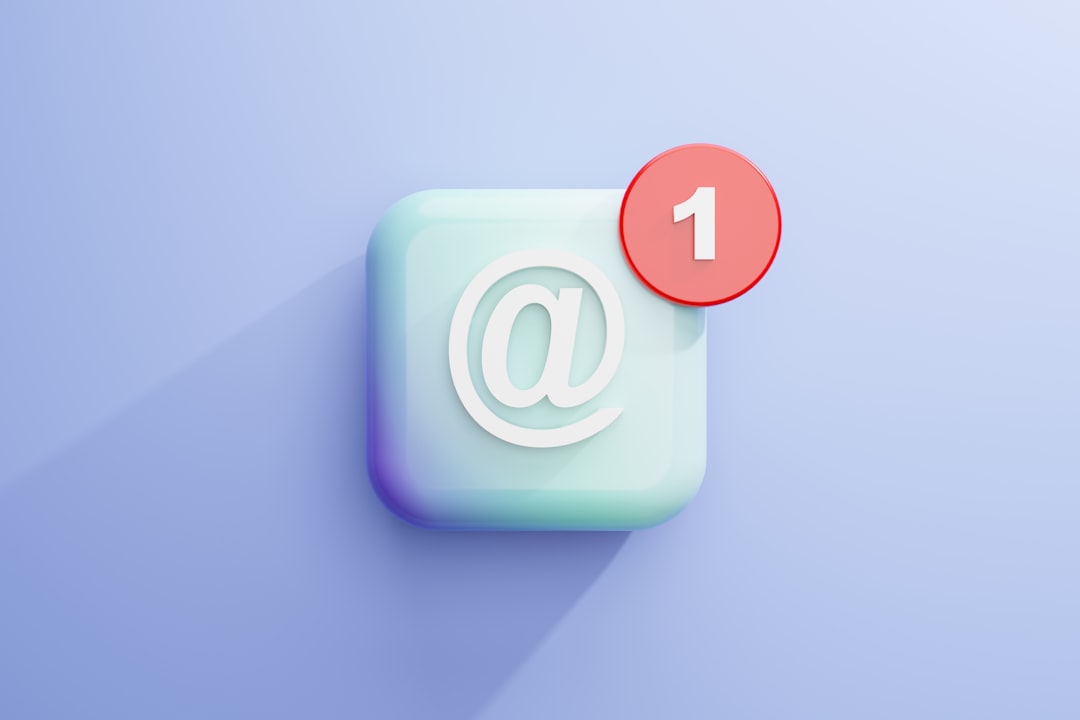In recent years, artificial intelligence (AI) has emerged as one of the most significant forces shaping how humans communicate in the digital landscape. One particular domain experiencing a profound transformation is email communication. From personalized marketing campaigns to intelligent spam filters, AI is revolutionizing email as we know it. As we look towards the year 2025, this influence is only set to grow deeper and more integrated into our daily workflows.
How AI is Enhancing Email Today
Email remains a cornerstone of business and professional communication. Although new messaging platforms and collaboration tools have gained popularity, email persists due to its ubiquity, formality, and versatility. Enter AI—an innovation that has begun to not just supplement email communication, but fundamentally enhance how it’s written, managed, and interpreted.
1. Smart Email Categorization
AI-driven algorithms now possess the ability to intelligently sort incoming emails into relevant categories—promotions, primary, social, updates, and more—based on user behavior and content analysis. Advanced filtering systems such as Gmail’s tabbed inbox or Outlook’s Focused Inbox rely on machine learning models trained to recognize patterns in how users interact with their messages.
2. Automation and Drafting
One of the most exciting innovations is AI-powered writing assistants. Tools like Grammarly, Google’s Smart Compose, and Microsoft Editor use natural language processing to predict words, suggest sentence completions, and offer entire paragraphs based on your typical writing style and context. These tools not only save time but also improve the clarity and tone of communication.
3. Intelligent Spam and Threat Detection
AI is crucial in defending users against phishing scams and malware. Traditional spam filters operate using static rules, but machine learning allows systems to evaluate a message’s metadata, language cues, and sender behavior dynamically. This gives rise to a new generation of AI-powered cybersecurity solutions that continue to adapt in real-time to evolving digital threats.
4. Personalized Email Marketing
Marketing professionals are harnessing AI to craft emails that feel tailor-made. Machine learning helps analyze user data—past purchases, browsing history, and engagement rates—to send personalized messages at optimal times. This leads to higher open rates, click-throughs, and conversions.

Key Benefits of AI in Email Communication
So what exactly are the tangible benefits users and businesses are experiencing due to the integration of AI into their email systems? Here are some of the standout advantages:
- Time Efficiency: AI cuts down on hours spent managing inboxes and drafting responses by automating routine tasks.
- Improved Communication: Enhanced clarity, grammar recommendations, and content suggestions lead to more professional and effective communication.
- Cost Saving: Businesses can reduce the need for manual labor in customer service and information dispatches by using AI-driven auto-responses.
- Enhanced User Experience: Personalized recommendations and targeted messages make email content more relevant and engaging.
- Increased Security: Advanced fraud detection systems catch suspicious activity early, reducing potential risks significantly.
Emerging AI-Driven Email Trends for 2025
The future is bright for email innovation. As we move into 2025, there’s a surge of new features, capabilities, and redesigns on the AI horizon poised to redefine how email integrates with our digital lives.
1. Hyper-Personalization with Predictive Analytics
Future AI systems will leverage massive sets of behavioral and contextual data to improve personalization further. Emails won’t just address first names—they’ll be context-aware and dynamically generated based on time, user activity, and predictive models that forecast needs even before the recipient realizes them. Think of emails that suggest travel packing lists based on your itinerary or recommend business tools just as your team starts scaling up.
2. Voice-Activated Email Assistants
Voice tech and email are converging. In 2025, we can expect robust integrations with voice assistants such as Amazon Alexa, Google Assistant, and Siri, enabling users to dictate, send, read, and summarize emails hands-free. It’s especially useful for busy professionals, individuals with disabilities, or users on the go.
3. Sentiment-Aware Communication
Email applications employing emotional AI will not only help construct grammatically correct responses but will also adjust tone based on emotional cues identified in both the sender’s and receiver’s communication. This creates more sensitive, empathetic exchanges, particularly helpful in customer support or HR-related communication.

4. Autonomous Email Agents
Imagine an AI that not only filters and categorizes your emails but also replies to them autonomously within pre-set parameters. Already, we’re seeing early stages of this through canned responses, but in 2025, expect smart agents capable of deeper contextual understanding—handling scheduling conflicts, offering invoice clarifications, or even initiating follow-ups without manual intervention.
5. Visual and Multimedia Enhancement
Enhanced AI design tools are enabling marketers to create interactive and engaging multimedia content within emails autonomously. We’re talking about newsletter generation with video snippets, automated infographics, and real-time personalization depending on who opens the email. This adds a whole new dimension to static emails of the past.
Challenges and Ethical Considerations
No technology comes without its caveats, and AI-powered email systems are no exception. As the tools become more autonomous and predictive, several concerns surface:
- Privacy: AI systems require access to user data to function optimally. Striking a balance between functionality and rights to privacy is crucial.
- Bias: If training data is biased, AI-generated emails could reflect or amplify existing societal biases.
- Dependence: Over-reliance on automation can lead to a loss of essential writing and communication skills among users.
- Security Risks: As AI becomes capable of writing extremely convincing emails, the risk of AI-generated phishing grows significantly.
To mitigate these concerns, developers and businesses must prioritize transparency, continuous monitoring, and ethical AI principles in their design and deployment strategies.
Conclusion: A Smarter Email Future Ahead
Email may be a long-standing medium, but it’s showing no signs of fading. Instead, with the infusion of advanced AI, email is evolving into a more dynamic, personalized, and intelligent communication system. In 2025, we can expect our inboxes to be more than just cluttered message centers—they will become smart hubs that predict, respond, and assist us in managing our personal and professional lives more adeptly than ever before.
Whether in marketing, cybersecurity, or daily communication, AI in email is no longer about efficiency alone—it’s about creating humanized experiences in digital correspondence. The future of email isn’t just in your inbox; it’s intelligently working behind the scenes to make you more productive, informed, and connected.



